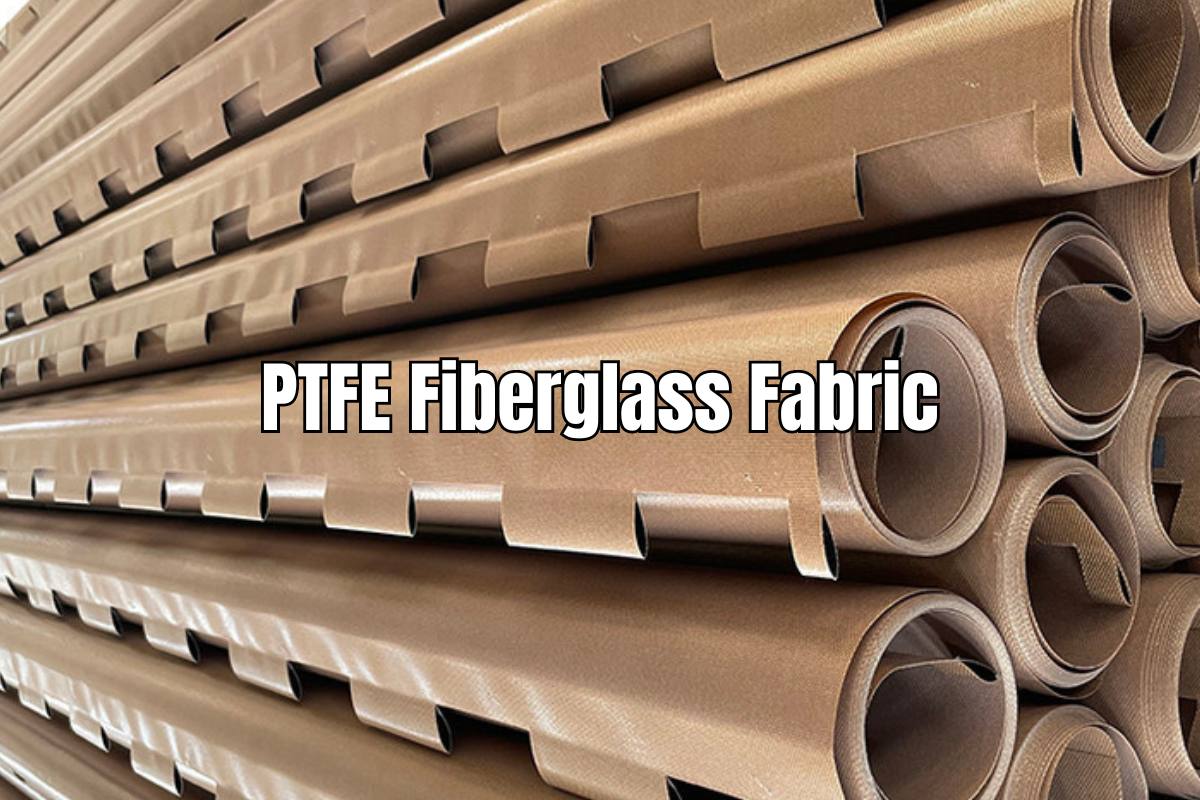The Role of PTFE Fiberglass Fabric in the Solar Industry

As the solar industry continues to expand, the quest for materials that can enhance efficiency and durability in solar panels becomes increasingly critical. Among these, PTFE (Polytetrafluoroethylene) fiberglass fabric stands out for its unique properties. Let’s talk about how PTFE fiberglass fabric is used in the solar industry, its benefits, the potential it holds for future solar applications, and important safety considerations such as managing the risk of fiberglass fibers staying in the skin for workers handling these materials.
What is PTFE Fiberglass Fabric?
PTFE fiberglass fabric is a composite material made from fiberglass cloth coated with PTFE, a synthetic fluoropolymer known for its exceptional resistance to heat, chemicals, and UV rays. The material exhibits a rare combination of thermal stability, chemical resistance, and high tensile strength, making it ideal for various demanding applications, including in the solar industry.
Applications in the Solar Industry
Protective Coatings for Solar Panels
One of the primary uses of PTFE fiberglass fabric in the solar sector is as a protective coating for solar panels. The fabric’s excellent resistance to UV radiation and weathering helps prevent environmental damage, such as that caused by sun exposure, rain, wind, and debris. This protection ensures that the solar panels maintain their efficiency and longevity, reducing the need for frequent replacements and maintenance.
Backsheet Material
The backsheet is a critical component of solar panels, protecting the electrical components from environmental and mechanical damage. PTFE fiberglass fabric, used as a backsheet material, provides an impermeable barrier against moisture and mechanical threats while supporting the panel’s structural integrity.
Reflective Surfaces
Some solar thermal power plants utilize PTFE coated fiberglass as a component of reflective surfaces to concentrate solar energy. The material’s high reflectivity enhances the efficiency of these systems by focusing more sunlight onto heat receivers, which in turn boosts the generation of thermal energy.
Benefits of PTFE Fiberglass Fabric in Solar Technology
Durability: The robust nature of PTFE fiberglass fabric ensures that solar panels can withstand harsh environments, which is particularly beneficial in areas prone to extreme weather conditions.
Chemical Resistance: The chemical inertness of PTFE allows the fabric to resist degradation from pollutants and atmospheric chemicals, thus preserving the functional integrity of solar panels.
Thermal Stability: The ability to perform under high temperatures is crucial for solar technology. PTFE fiberglass fabric maintains its structural properties across a wide range of temperatures, making it suitable for both hot and cold climates.
Lightweight and Flexible: Despite its strength and durability, the fabric is lightweight and flexible, which facilitates easy installation and integration into various solar panel designs.
Safety Considerations When Handling Fiberglass in the Solar Industry
Safety is paramount when using materials like PTFE fiberglass fabric in solar panel manufacturing and installation. Fiberglass, a component of the fabric, can pose risks if fibers become airborne and come into contact with skin or are inhaled. Workers exposed to fiberglass can experience skin irritation, itching, and redness due to tiny fibers embedding in the skin. Inhaling fibers may also irritate the respiratory tract.
To manage these risks effectively, it is crucial for employers to enforce stringent safety protocols. This includes providing protective clothing such as gloves, long-sleeved shirts, and pants, as well as using appropriate respiratory protection when necessary.
Additionally, work areas should be well-ventilated to minimize the concentration of airborne fibers. Following exposure, workers should use cool water and mild soap to gently clean affected skin areas, avoiding scrubbing, which can drive fibers deeper into the skin.
Future Outlook
As technology advances and the demand for renewable energy sources intensifies, the role of materials like PTFE fiberglass fabric in solar applications is expected to grow. Research into enhancing the properties of PTFE coatings and combining them with other innovative materials could lead to even more efficient and resilient solar energy systems.
PTFE fiberglass fabric represents a significant advancement in the materials used in the solar industry. Its unique properties not only enhance the durability and efficiency of solar panels but also contribute to the sustainability and cost-effectiveness of solar energy solutions. As the solar industry continues to evolve, the potential for new applications of PTFE fiberglass fabric seems promising, marking it as a key material in the future of renewable energy technologies.
Leave a Reply